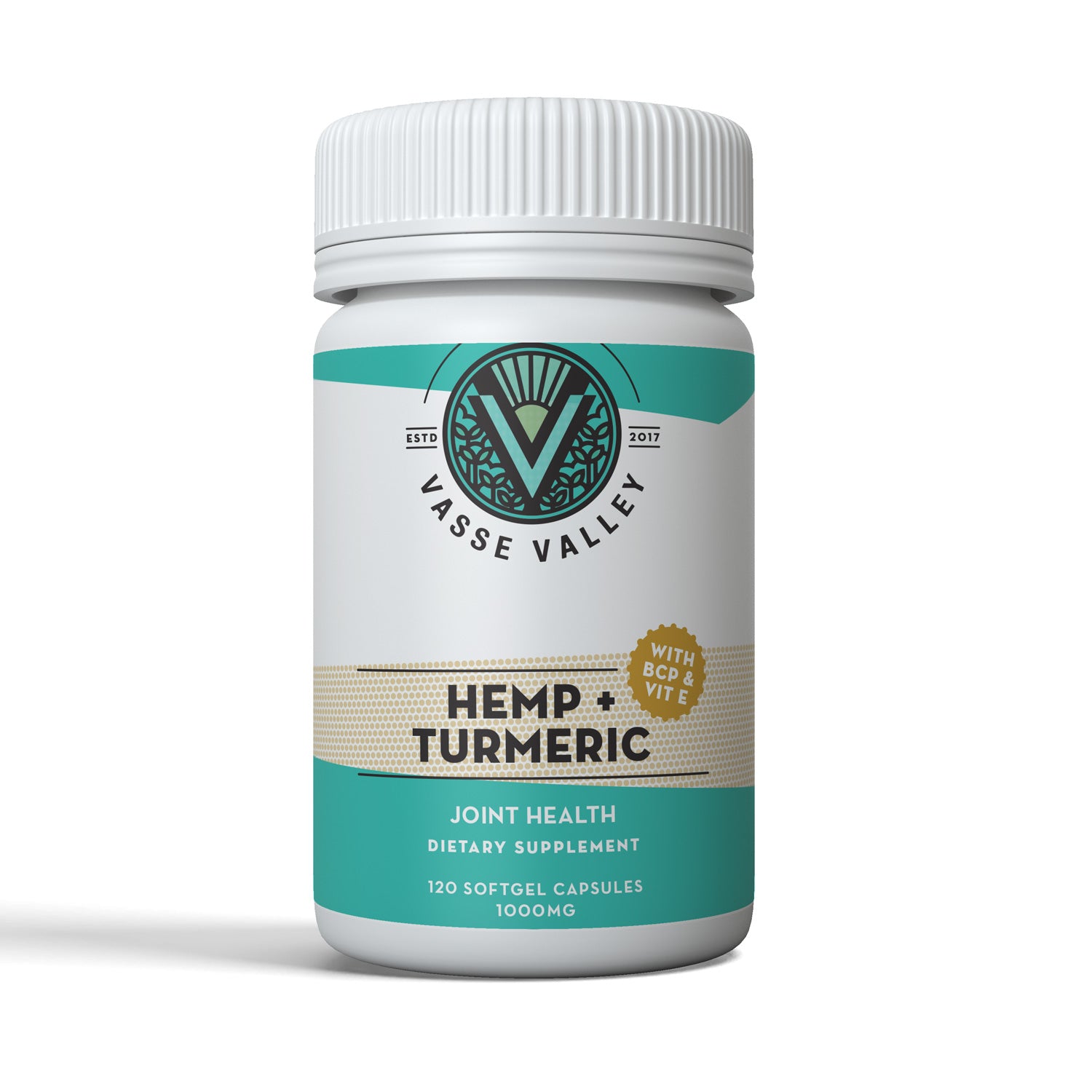It is becoming pretty clear that medicinal cannabis and products like CBD oil are not just a fad. Increasing evidence clearly demonstrates that these products can have powerful therapeutic benefits to our health and wellbeing.
But how and why do these products, that come from a single plant, create such significant effects on our bodies?
The answer is the Endocannabinoid System. Although cannabis has been used medicinally for millennia, the Endocannabinoid System was only discovered in 1992!
It turns out that most animals also have an endocannabinoid system, including mammals, birds, amphibians, reptiles, fish and even molluscs.
In fact, the Endocannabinoid System evolved about 600 million years ago! Being such an ancient system means it has integrated with many different physiological and neurological functions in our bodies. That is why medicinal cannabis can be used to treat so many different conditions.
The burning question now is; if cannabinoids are so vital for our body to function, how have so many of us survived in good health without using cannabis?
The answer is because your body is actually capable of making its own cannabinoids, called endocannabinoids (‘endo’ meaning originating within the body).
The cannabinoids coming from the cannabis plant are called phytocannabinoids (‘phyto’ means plant).
What you should be beginning to realise is that phytocannabinoids (from the cannabis plant) are so effective for some people because something within their endocannabinoid system is not functioning properly.
In this series of blogs we explore what constitutes a healthy Endocannabinoid System and how you can stimulate yours naturally to restore homeostasis in your body.
Let’s begin by defining the Endocannabinoid System. There are three main players:
- Cannabinoid receptors
- Endocannabinoids
- Enzymes that synthesise and break down endocannabinoids
Together, they work to send messages throughout your body to keep things working in harmony (homeostasis).
Cannabinoid (CB) Receptors
Receptors sit on cell surfaces, waiting for specific neurotransmitters to bind to them. We have cannabinoid receptors throughout our bodies, passing on messages to a wide variety of cell types. The two main receptors of the Endocannabinoid System are CB1 and CB2.
CB1 receptors are mainly found in the brain and throughout the central nervous system. They can be moderators of your memory, mood, motor function, or your perception of pain.
If you or someone you know has chronic pain but nothing seems to be physically wrong, it may be due to an imbalance within the Endocannabinoid System.
CB1 receptors are also found in other parts of the body and have roles in reproduction, hormone production, cardiovascular health and digestion.
At this stage, you are probably beginning to understand why products of cannabis can so effectively treat such a wide range of health issues.
CB2 receptors are mainly found on the cells of our immune system. They help moderate inflammation and our immune response to pathogens.
CBD oil is commonly used to treat conditions of an overactive immune system, including arthritis, asthma, allergies, autoimmune disorders or digestive issues.
This is because CBD largely targets the CB2 receptor.
The Endocannabinoids
These are the messengers of the Endocannabinoid System and are produced throughout your body. The two key endocannabinoids are 2-arachidonoyl glycerol (2-AG) and anandamide.
Both 2-AG and anandamide are synthesised and degraded by different enzyme pathways and therefore have different roles within your system. They function by binding to cannabinoid receptors and activating them to produce a biological response.
2-arachidonoyl glycerol (2-AG) is bit of a mouthful but its role is vital to homeostasis. 2-AG binds to both CB receptors but primarily binds to the CB2 receptor so plays a key role in mediating immune function, primarily by reducing inflammation.
Because 2-AG also binds to CB1, it may also play a role in mood, bone health, reproduction, memory, sleep and pain.
Anandamide gets its name from the Sanskrit word ananda, which means bliss. Not surprisingly, anandamide plays a key role in regulating your mood, along with a myriad of other functions including appetite, memory, pain and reproduction.
Most of us know someone who appears to be genuinely happy all the time. They may simply produce above average levels of anandamide.
Conversely, depression has been linked to lower than average levels of anandamide.
Enzymes: Builders and Destroyers of Endocannabinoids
Unlike other neurotransmitters, endocannabinoids are not stored in the body. This means they must be produced on demand, which is done by a number of different enzymes.
The signalling pathway to stimulate enzymes into production is not yet clear. Anandamide and 2-AG are lipid-based neurotransmitters, meaning they are synthesised from fats.
Not surprisingly, studies have shown you can boost your production of endocannabinoids by increasing your dietary intake of omega-3s and other essential fatty acids.
Sorry, hot chips don’t count.
In order to maintain balance in the body, endocannabinoids must be degraded once they have passed on their message.
The enzyme FAAH (fatty acid amide hydrolase) degrages anandamide, and both FAAH and MAGL (monoacylglycerol lipase) degrade 2-AG.
Sometimes these enzymes may not be functioning as they should or be out of balance for some reason. This is one of the reasons your Endocannabinoid System may be out of balance.
For example, scientists have discovered that some nations are clearly happier than others because the majority of its citizens have a genetic mutation causing them to produce less of the enzyme FAAH.
This means they break down anandamide more slowly and maintain a happier mood more easily.
How to Support Your Endocannabinoid System
Unfortunately, our modern lifestyles don’t always support our Endocannabinoid System and can throw it out of balance.
Stress, poor diet, lack of exercise and exposure to industrial chemicals can all affect our ECS. For example, scientists have shown that DiNP, commonly used in a lot of plastic items, affected the genes that code for CB receptors and increased activity of FAAH in fish.
Alarmingly, the result was a decrease in fertility.
Medicinal cannabis and CBD products can help, however these are often expensive and have variable results. They are also hard to get hold of or not legal in some parts of the world, including Australia.
The best thing you can do for your ECS and for overall health and wellbeing is to eat a healthy diet rich in essential fatty acids and plant-based foods (like hemp seed!), exercise regularly, take time out to have fun, and avoid plastics and other potentially harmful chemicals by using natural products where possible.
In my next blog I’ll talk about how to stimulate your ECS naturally.
References


